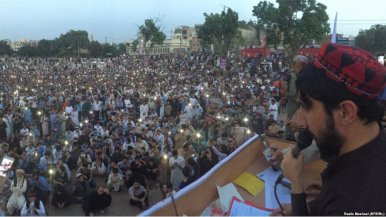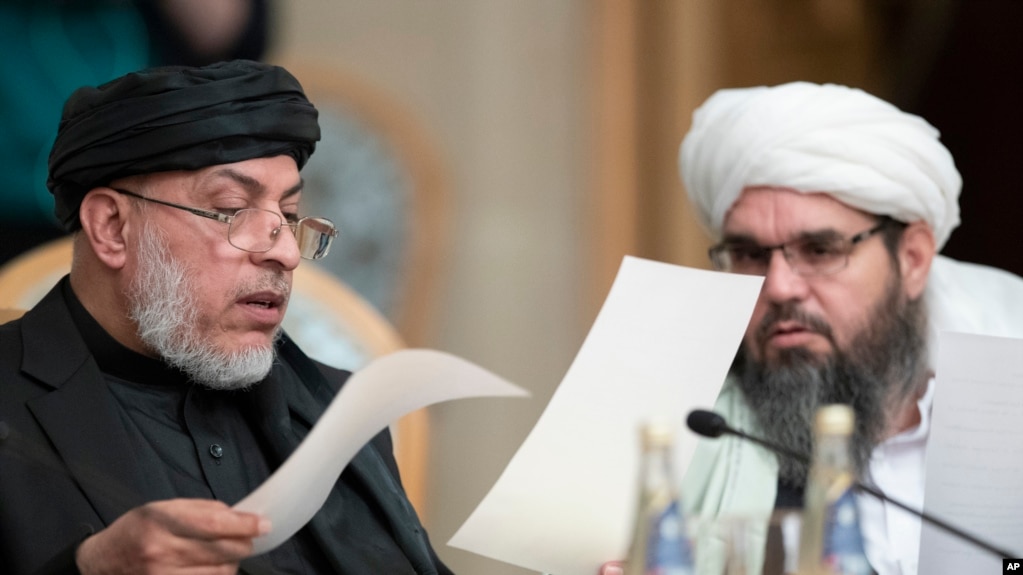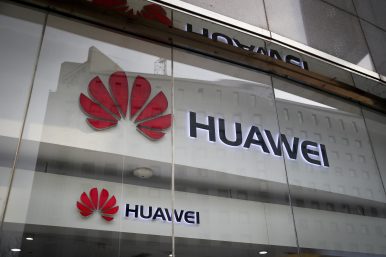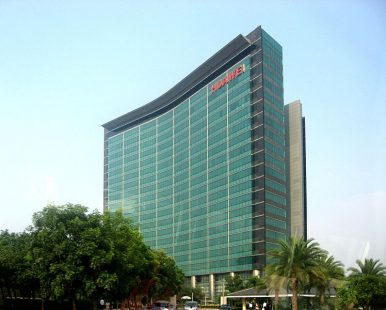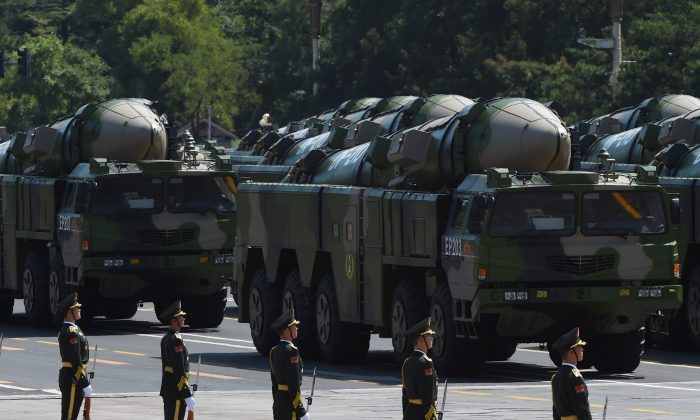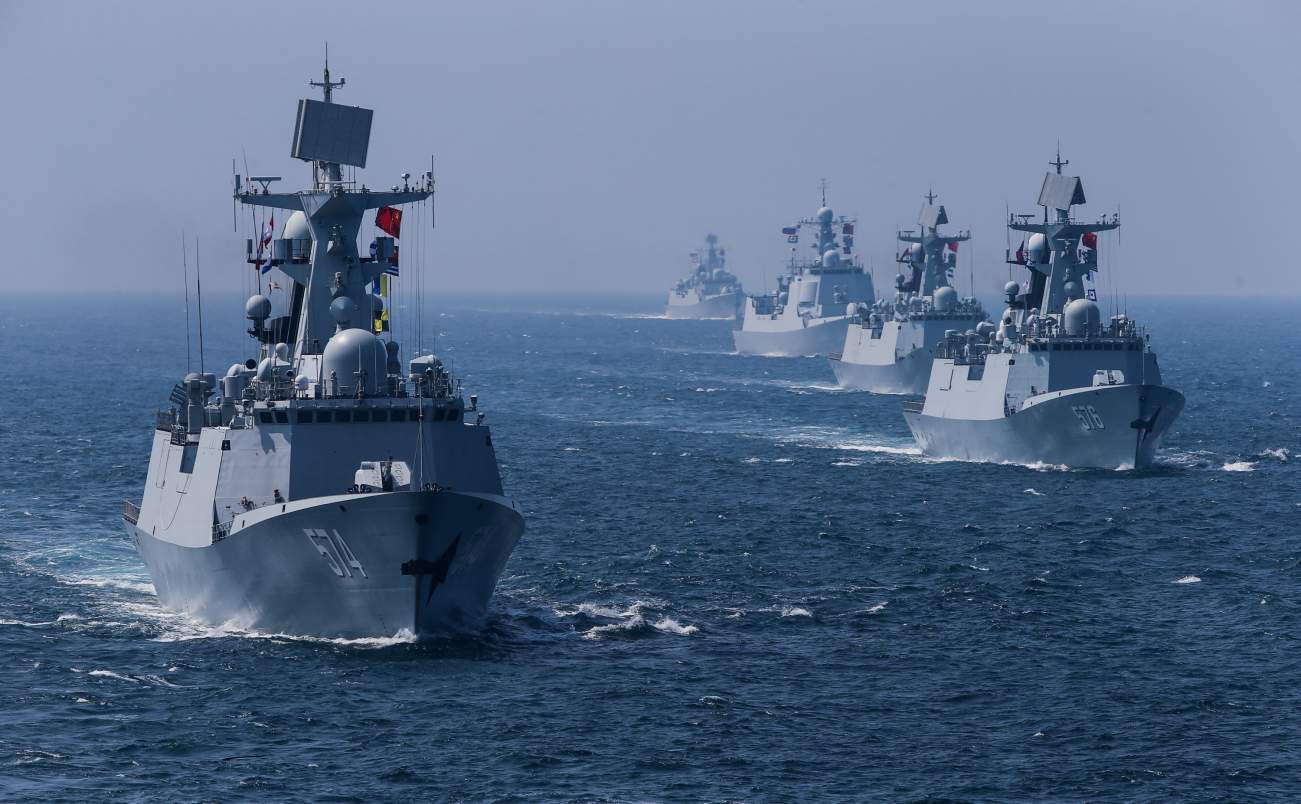William A. Galston
The State of the Union address is an annual ritual with familiar rhythms. President Trump, who revels in the pomp and circumstance of this annual celebration of our democracy, did not deviate from this template. He surprised no one when he declared that the state of our union is strong. His speech was complete with a recitation of his administration’s accomplishments, calls to put country above party and compromise for the common good, and inspiring stories from courageous Americans. The key question is whether an historically divisive president can credibly champion the cause of national unity, and whether a president who has rejected compromise to maintain the unswerving loyalty of his base will be able to find common ground with an opposition he has kept at arms’ length.
This year’s edition was different in some important ways. For the first time since the Challenger space shuttle disaster in 1986, the speech was postponed. For the first time ever, a political controversy sparked the postponement. Partisan polarization is at its highest level in decades, and as my Brookings colleague Elaine Kamarck has shown, the Trump presidency is at a very low ebb. And if, as the president declared, legislative progress is incompatible with “ridiculous investigations,” he is facing a year of stalemate.

